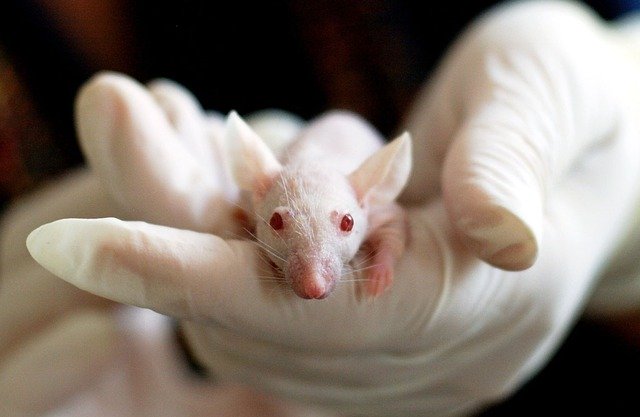Alcohol use disorder is a chronic relapsing disorder that currently lacks treatment options; recent research has investigated ketamine treatment for alcoholism.
Alcohol use disorder (AUD) is a chronic, relapsing disorder where alcohol use is continued despite the negative consequences. Effective treatment options for the disorder are lacking. Recently, the therapeutic use of ketamine, a schedule III drug, has shown beneficial effects against chronic alcohol consumption, especially in regards to neural plasticity within the Nucleus Accumbens (NAc) – an area of the brain associated with reward and drug-seeking behaviours. As such, it has been shown that acute, low doses of ketamine can reduce alcohol intake in chronically drinking rats and humans.
In a recent study published in eNeuro, researchers at Florida State University studied the effects of ketamine on alcohol intake in male and female Sprague Dawley rats. Fifty-two rats (25 male, 25 female) were trained to use a two nose-poke hole button to release a 45mg sugar pellet through an automated food hopper. Once released, a 20-second delay occurred where future nose-pokes would be recorded and no further pellets would be released, regardless of the number of future nose-pokes. After this training period, the rats were placed into a 2-bottle choice program for a duration of 10-weeks. For the first three weeks, rats within the intervention group were given one bottle of 20% koptec-alcohol and one bottle of water, three times a week, and were given two bottles of water on the alcohol-deprivation days. During this period, fluid consumption and weight were recorded after each drinking session to calculate the dose of alcohol consumed (g/kg) each day. Based on these findings, rats were divided into high and low-intake groups to determine the differences between alcohol intake and ketamine use.
The rats then progressed to the next stage, where water bottles were replaced with the self-administration of ketamine (intervention group) or saline (non-intervention group) during the alcohol-deprivation days, which lasted between weeks four to seven of the study. Self-administration of ketamine was accomplished by a previously placed intravenous catheter that released the drug by the same nose-poke method described earlier. Each nose-poke resulted in one infusion of 50µL of ketamine, with the same conditions of 20-second inactivity and concurrent pokes being recorded. After this period, the rats underwent 21 days of forced abstinence from ketamine, while still receiving alcohol, to assess ketamine cravings on days one, seven, and 21. This included the recording of any nose-pokes that occurred during this period.
The study found that female rats consumed higher doses of alcohol than male rats and female rats also showed higher rates of self-administration of ketamine that males. Surprisingly, male rats with high-alcohol intake had greater reductions in ketamine self-administration than the low-intake males for both alcohol and water. During the 21-day abstinence period, it was found that female rats displayed higher amounts of nose-pokes for ketamine. However, it was found that males, had more nose-pokes found in the ketamine self-administering group than the saline group on withdrawal days seven and 21, but not on day one. In addition, it was found that male rats that consumed water instead of alcohol during the first period of the study showed more nose-pokes than the low and high-intake groups that consumed alcohol, suggesting that alcohol intake may be associated with reduced cravings for ketamine, a finding which was also found in the low and high alcohol intake female rats.
While more study, particularly in humans, is necessary, the results of the study suggest that low-doses of ketamine can be useful in reducing the intake of alcohol, especially in those who consume large amounts or affected by AUD.
Written by P. Sukumar
References:
- Strong, C.E., et al. (2019). eNeuro. Sex and individual differences in alcohol intake are associated with differences in ketamine self-administration behaviors and nucleus accumbens dendritic spine density.
- Wellock, B. (2019). EurekAlert!. FSU research: Ketamine could help men suffering from alcohol use disorder.
Image by Tibor Janosi Mozes from Pixabay



